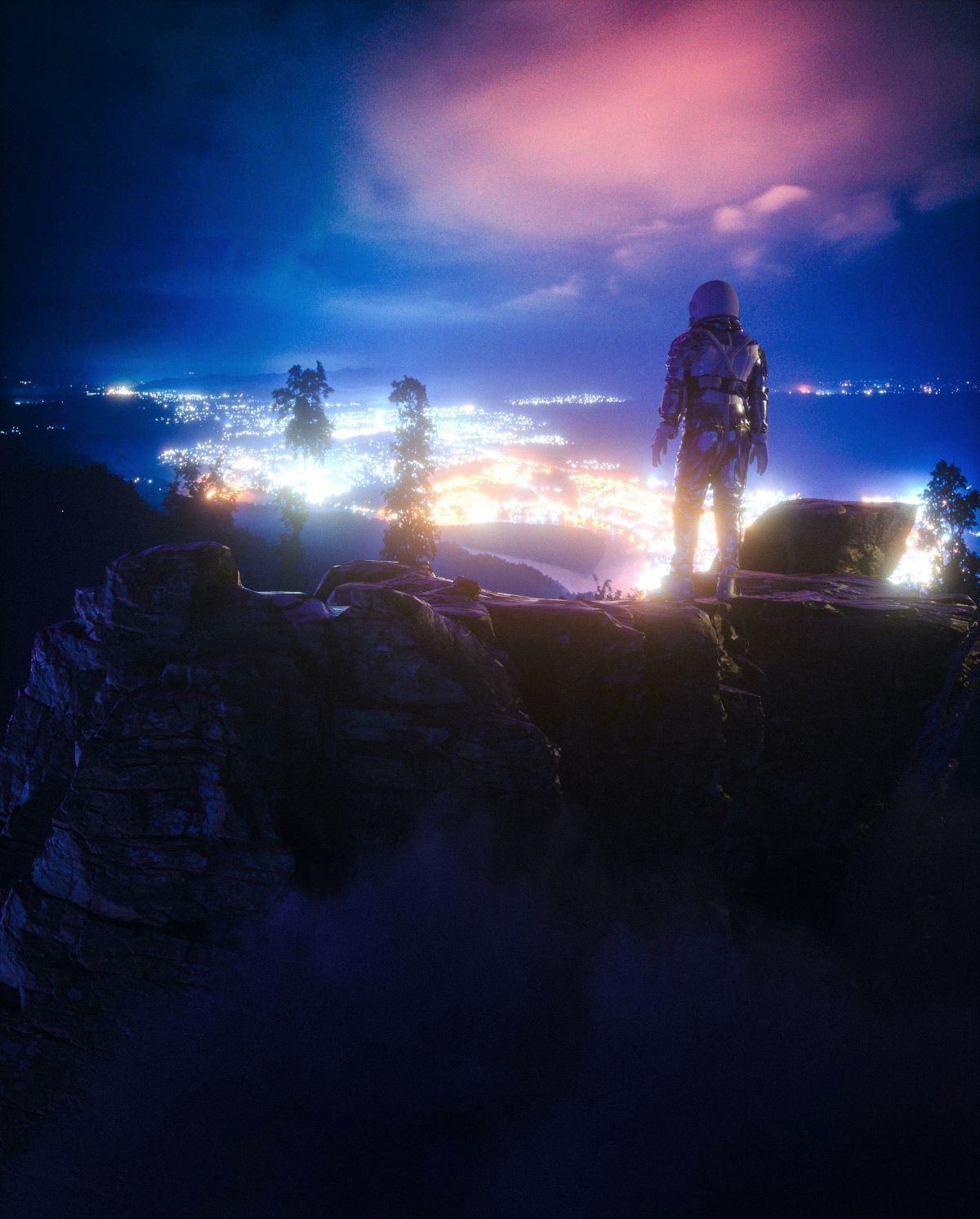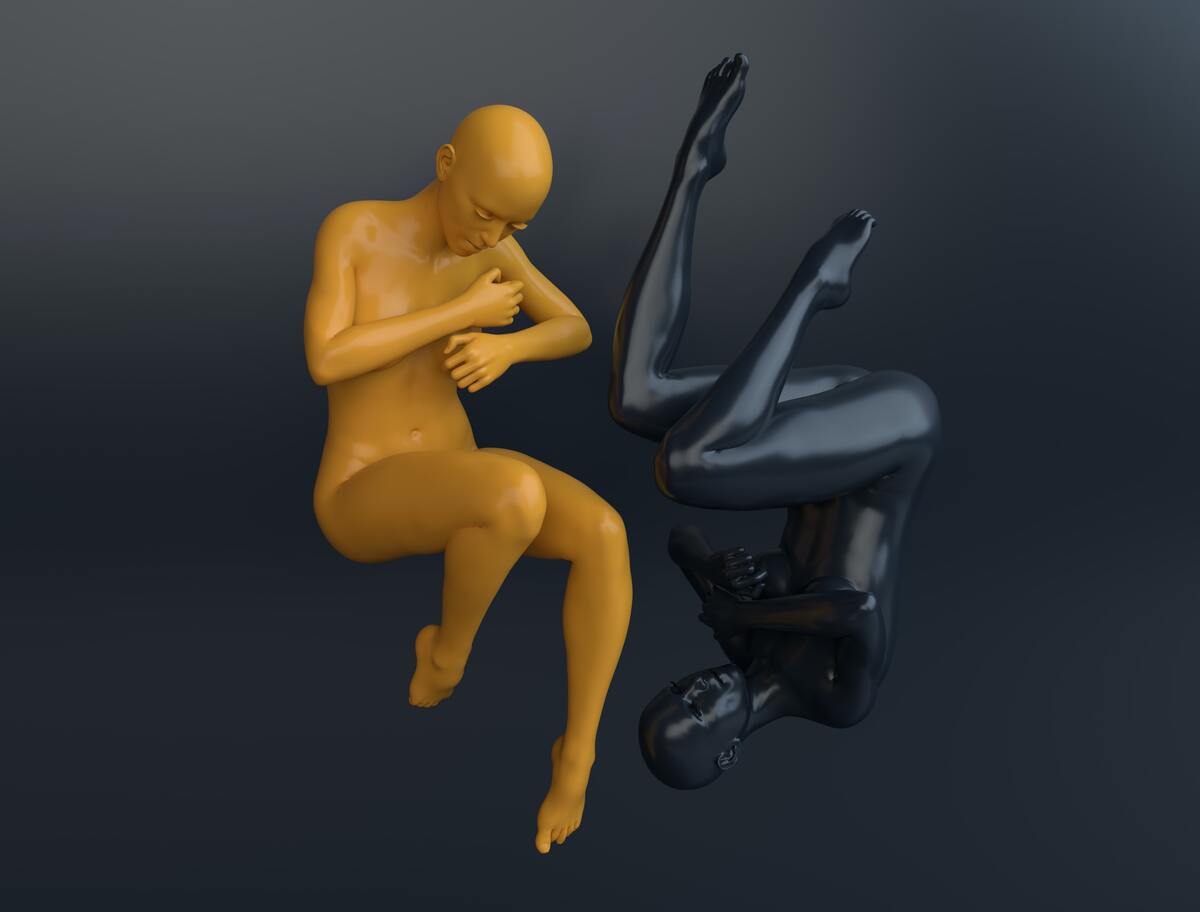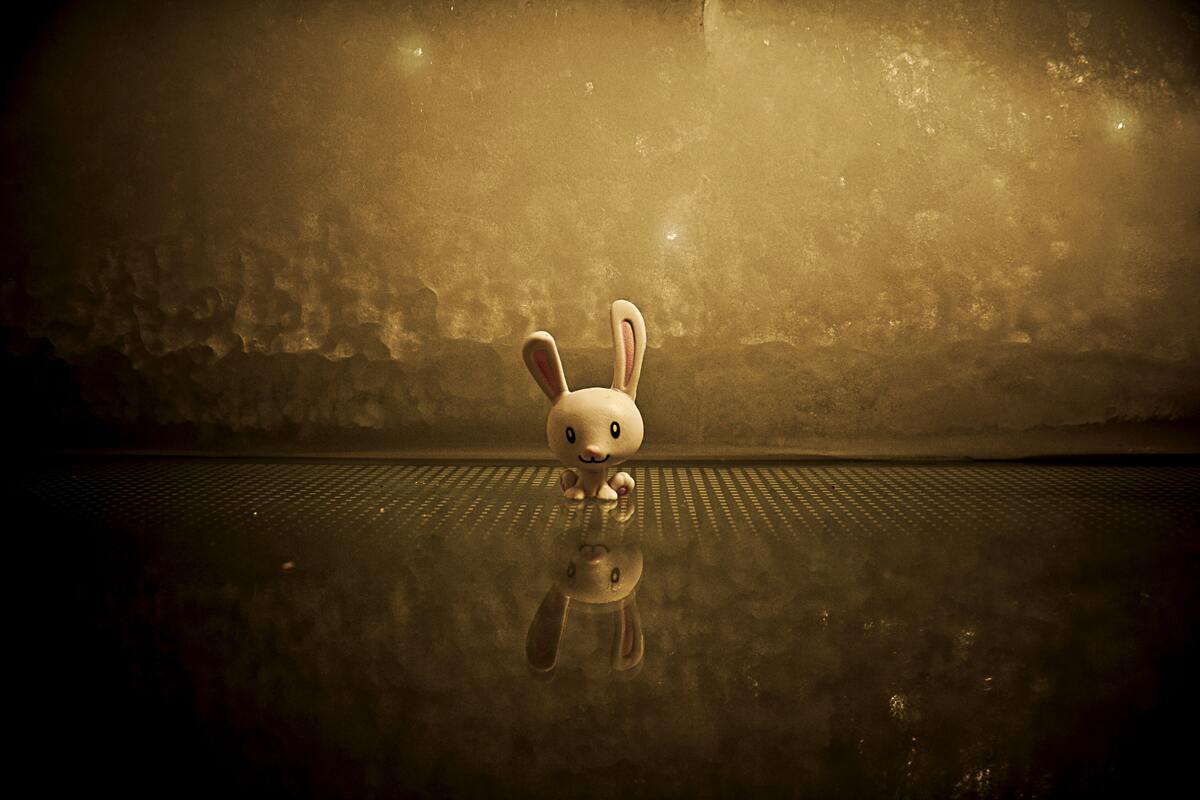3D Animation Explained – What It Is & How You Become an Animator Yourself
Rent film gear from local filmmakers.

Rent film gear from local filmmakers.
Have you ever wondered how modern blockbusters look so realistic, despite having scenes filmed on a green screen?
The answer is 3D animation.
We have used animation in movies for years now. But in the past 20 years, technology has advanced to make animations look almost lifelike.
3D animation is why you can watch the Avengers movies and feel immersed.
If you want to learn more about making films in general, you can read our article on filmmaking.

What is 3D animation?
You come across 3D animation in many different media during the day. Whether it's in movies, tv-shows, commercials, or games, 3D animation has become more and more popular.
3D animation is the act of animating objects and characters in three dimensions, using motion. We see many different applications of this technology, and it has developed so much that it has reached a point of "if you can imagine it, you can animate it."
3D animation can also be used for more practical purposes, such as architecture. Architects use software to model a building to give an overview of how it'll look in real life. This is way more efficient and realistic compared to if they drew it on paper.
3D animation characteristics
- Depth perspective
- Modeling (not drawing)
- Computer-animated
- Realistic depictions
3D animation uses
- Movies
- TV Shows
- Games
- Educational Videos
- Scientific Research
- Commercials
- Business presentations
- Government training
- Prototypes
- Architecture
- Live Shows

The difference between 2D animation and 3D animation?
2D animation definition
2D animation is used in animated films, TV shows, and other media. If there's 2D animation, typically the entire production that's 2D. That is not the case with 3D animation.
3D animation definition
3D animation is often used alongside live-action footage. You probably know this better as the concept of CGI. An example of CGI could be Game of Thrones. Here they 3D animated the dragons to appear as if they were there alongside the cast.
They did that because it would be much cheaper than training actual dragons to appear.
Many movies with large production budgets rely heavily on CGI, either because it has science fiction elements or because it's just easier. The entirety of the Marvel Cinematic Universe wouldn't have been possible without this 3D animation technology.
There are some companies that fully 3D animated movies and TV shows. However, it is usually way more expensive.
If you have ever watched an older Disney movie, you've already seen 2D animation.
But what's so different between that and the newer ones?
New animation styles with 3D animation
Well, it's safe to say that they upped their budget significantly after switching to 3D animation. But it also allowed Disney to explore new animation styles, including the use of 2D art services that provided new life to their movies.
With 2D animation, everything is typically hand-drawn, with basic motion and less movement in the frame. With 3D animation, there's a depth perspective giving the movies a more realistic feel. Everything feels more alive.

That is not to say that the style is dead, just because Disney discontinued 2D animation. One of the most popular shows of the last few years is 2D animated. Rick and Morty is a 2D animated show, and there are plenty of benefits.
3D animation is often more expensive
3D animation is typically more expensive than 2D animation, at least if you compare fully animated projects. With 2D animation and a few 3D animated implementations, Rick and Morty can spend less of their budget on animating and more on creating their narrative.
So there are definitely benefits and downsides to using each type of animation style.
In media like video games, you often see different 3D animations applied to increase immersion. In the narrative cutscenes, they have typically applied motion capture.
Real actors are used for motion captures
Motion capture uses real actors in motion capture suits, whose acting is recorded and transformed into animation. This is how animators can get facial expressions and emotions captured, way easier than if they had to hand model everything.
That is also why most video games have great-looking cutscenes that look widely different from the games themselves.
For the gameplay, companies have to resolve to classic 3D animation, where they model each object and character they need. This model typically starts as a skeleton, where they finetune each movement to make it look nice.
They can then implement the 3D animated models on these skeletons, getting them to move.
An example of this could be the game God of War. 3D games can be developed with a small team, but most successful and popular games have larger teams behind them. That's because of the time it takes to create original 3D models.
2D animation often have limited animations possibilities
For 2D projects, you often have limited animations on the characters and their abilities. You typically have a more static background with small elements applied, creating more life.
An example of this could be the game, Hollow Knight.
2D games are typically produced on a smaller budget and sometimes only created by one person.

What does a 3D animator do?
Whenever someone says, we'll add that in post-production, or whenever you see a green screen on a movie set, you can be sure that a 3D animator is involved.
The 3D animator typically works on different animations, which requires a ton of research and planning. The research is needed because the animations often have to be as realistic and lifelike as possible.
Take His Dark Materials as an example. Pantalaimon takes the form of a talking ermine. A lot of preparation and research went into animating this.
First of all, the scene had to be shot and acted out without the animal being there. Then the 3D animator gets the assignment and has to spend time researching how an ermine looks, moves, and what mimics it has.
3D animator creates based on research and concept of the character
The 3D animator typically starts their actual animation process by creating a 3D animation based on the concept art and research done on the character.
3D animator creates a skeleton of the character
When the animation is done, they create a skeleton for the model. A skeleton is essentially a collection of lines rigged with bones in animation software. A skeleton allows the animator to control the character/objects and easily create the movement they need.
3D animator applies animation to skeleton
When they're done, they apply the animated model to the skeleton. This makes larger productions, especially with reoccurring 3D animated objects/characters more efficient.

How to become a 3D animator?
The best thing to do if you want to get into any profession is to gather experience. And becoming a 3D animator is no different. In fact, it is probably one of the most accessible professions out there. You can do everything it entails from your own room. All you need is a capable computer.
You can download free software like Blender, which is how many creatives started their journey. You don't even have to go to school to start out. You can easily find hours upon hours of tutorials free on YouTube.
It is important to work on things that you are passionate about. It is also vital to save the work that you are proud of. The more work you do, the bigger your portfolio is. A portfolio is vital to get a job, as it shows your animation abilities and what type of work you have done in the past.
You can apply to jobs directly, or you can go get a college degree. There's no right way to do it, so it all depends on your preferences and situation.
Up next: Explore animation
This is the end of the article, and I hope you feel more enlightened on what 3D animation holds.
If you want to learn more about the subject, you can read our article on animation. You can also check out our article on 2D animation.
What is 3D animation?
3D animation is the act of animating objects and characters in three dimensions, using motion.
How to do 3D animation?
First, you have to research how your character/object should look. Then you have to create a 3D model of the character/model. Lastly, you create a skeleton to easily create different sets of movement. You then apply your 3D model to the skeleton.






















